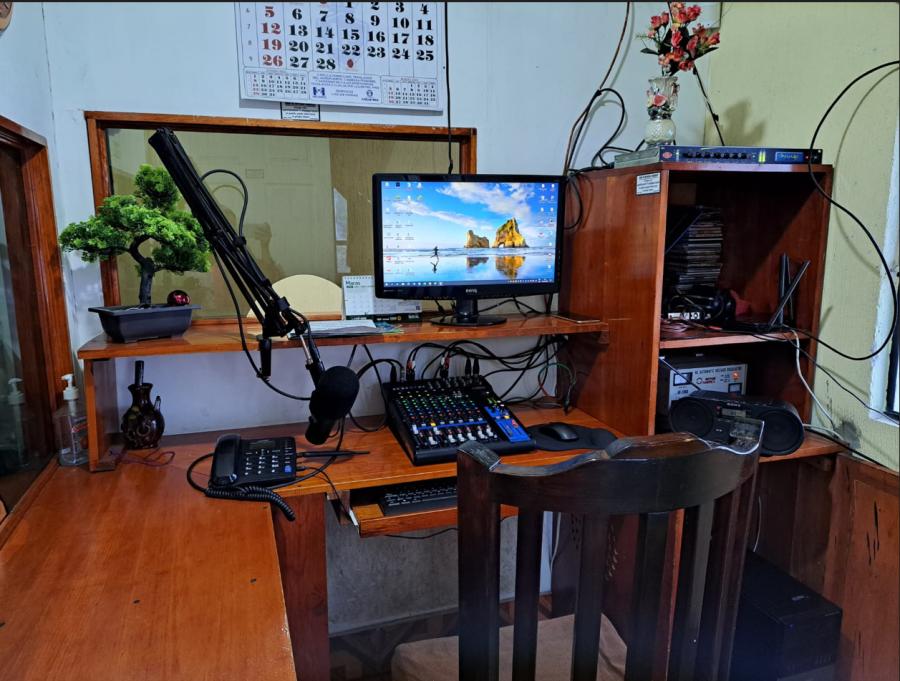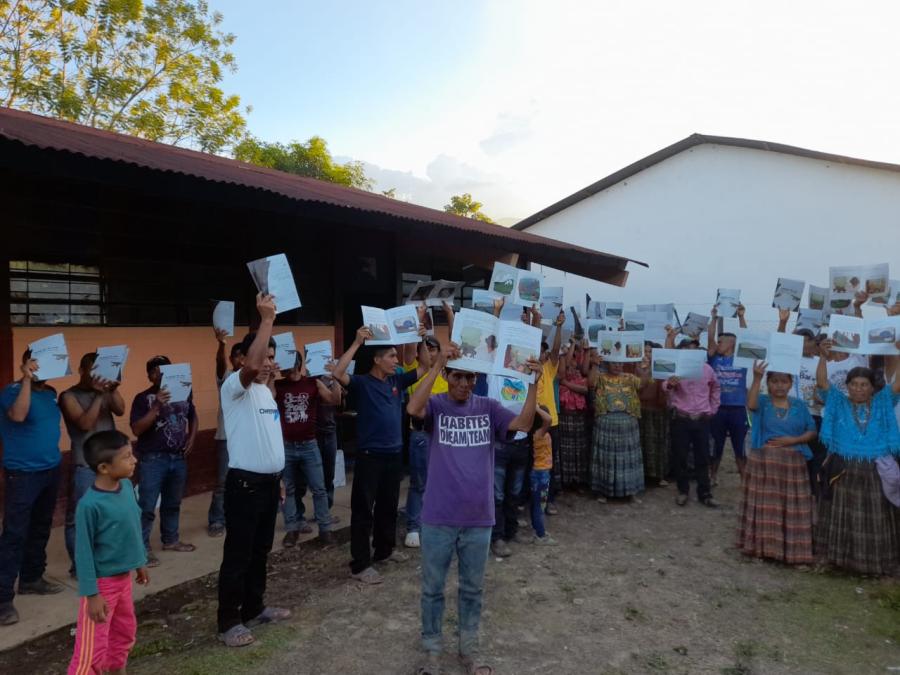Guatemala, like most Latin American countries, is facing devastating rates of deforestation, to the point where more than 75 percent of its original forest is now lost. And with that loss comes all the familiar side effects of erosion, flooding, and loss of biodiversity—a particularly dire consequence in a country that supports 1,246 animal species and 8,681 plants. The culprits are equally familiar: agribusiness, commercial logging, cattle ranching, and subsistence farming and fuel-wood cutting.
But in at least a few indigenous communities in Guatemala, people are proving it doesn’t have to be that way. Take Totonicapán, a Kiché Maya region in the country’s western highlands. This culturally traditional area stretches along a ridge line of mountains, high pine forest, rivers, and streams. The base of the Totonicapán economy is forestry, carpentry, weaving, and agriculture, all of which rely on abundant forest and water resources. Most families earn their livelihoods by growing crops in forest clearings; carving wood into furniture, household items, and crafts; and through the use of forest products for weaving.
Yet despite all this economic activity, Totnicapán’s forests are in pristine condition. When you look at a forestry map of Guatemala, Totonicapán’s spectacular forest cover jumps out at you: where the surrounding land, like the rest of the country, has only traces of trees, mostly along watercourses and ridgelines, Totonicapán is solid green for thousands of hectares (see the accompanying forestry map).
The secret to their success is no secret at all: the people of Totonicapán have, for more than 400 years, depended on two fundamental ideas. The first is that the forest is a collective responsibility, and the second is that their continued survival depends on that forest remaining healthy. Those principles play out in a highly structured system of rules and procedures, all overseen by an elected board. For example, although most of the forest is made up of parcels owned and used by individual families, no individual may cut down a tree or clear a field without permission from the community. Fields are kept much smaller than in surrounding areas, and planted with as much forest cover as possible. And no field may be created near a watercourse—perhaps the most significant rule. Instead of using heavy-duty toxic chemicals to control pests, they rely on shared community efforts. For example, once a year, at the height of the annual infestation of an Asian variety of pine borer beetle, several hundred people go together into the forest to collect and crush the beetles.
The system works both on the village (aldea) level, where elected management boards can fine anyone found polluting the water or illegally cutting down trees, and on the regional level, where a federation coordinates resource management among the different aldeas and mediates any disputes between them. Rather than competing with official government entities fighting the same battle, it works collaboratively with municipal and national forestry managers. It also works with foreign nongovernmental organizations working in the region.
The Kiché name for their resource management system is ulew ché já, which means “trees earth water,” and the name’s sensibility suggests the ultimate reason the system works: everyone in the community has a long-term ecological vision that overrides short-term individual benefits. During periods of economic pressure, the area’s carpenters would make more money if they cut down more trees, but they have, at various points, chosen to accept reduced income in order to ensure their future income. As José Vilialdo Díaz, a resource council member from Totonicapán put it, “Every man and woman is responsible for the efficient and rational use of natural resources, mainly the water and the woods, since without them no life is possible. The forest has been preserved for generations, thanks to the work of people who have lived in harmony with the world around them, by means of ancestral knowledge of resource management and active participation of each community.”
Although Totonicapán is striking, it is not a fluke. The people of Palin, a Pocomam Maya town located 30 miles south of the capital, also rely on traditional systems for managing commonly owned lands that have belonged to them since precolonial times. Their lands consist of a semitropical forest that stretches across a ridge, down into a valley, and then up the side of a volcano. It takes more than two days to walk from one end to the other. The lands are owned by the entire Pocomam community, but every resident has the right to maintain an agricultural plot on them. Families receive a right-of-usage certificate for their plot from an elected nongovernmental council that is in charge of stewarding communal land. Families can use their plots for gardening or cash crops; they can even build houses on them (though no one lives in these houses on a permanent basis). Certificate holders have the right to pass the land on to their children or even sell the rights and crops to someone else. But certificate holders must ask permission from the council to cut down trees, and the council can revoke a holder’s usage rights if that person is abusing the land.
Palin’s communal land is beautifully maintained. It’s where young people go to hang out and families spend their weekends, just as people in the United States might go to a vacation house in the mountains or seashore. Sacred sites are respected and preserved. The communal land is spotlessly clean, and community residents are extremely proud of what they have accomplished and maintained.
Traditional land maintenance systems such as these are not considered protected secrets by the people of Palin or Totonicapán. To the contrary, they are eager to share them with other indigenous Guatemalans. To help them do that, Cultural Survival is seeking support to work with community members in creating a series of radio broadcasts that would explain the system to other Mayan communities. The plan calls for creating 52 short programs that will be distributed each week to all 168 stations in our community radio network and reach more than a million people. Some of the radio broadcasts will consist of interviews with indigenous resource managers from Palin or Totonicapán; others will be radionovelas (soap operas) or “ask the expert” call-in programs. All will be broadcast in Spanish and in several Mayan languages. The broadcasts will also be supported by ancillaries such as posters, intercommunity competitions, and visits from experts from Totonicapán or Palin. And all of it will be produced by Mayans for Mayans, to make sure their forests will be there for generations to come.
Mark Camp is the director of the Guatemala Radio Project and the director of operations for Cultural Survival. For more information on the radio project, go to the Cultural Survival website (www.cs.org).


